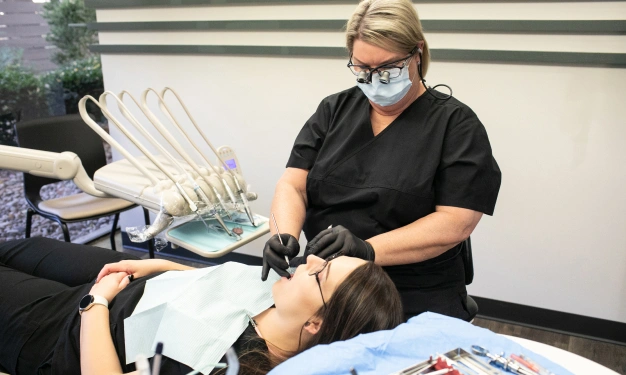4620 East Douglas, Suite 100 Wichita, KS 67208

Reasons That Teeth are Extracted
The Tooth Extraction Process
Your tooth is anchored in a socket by ligaments, and in order to remove it, the dentist will need to gently expand the socket. This procedure is typically quick, but depending on the complexity, sedation may be required to ensure your comfort.
If you’re having a permanent tooth extracted, you may need a dental implant to replace it. Tooth extraction can sometimes cause the surrounding teeth to shift, and you may experience difficulty chewing.
Preparing for a Tooth Extraction
Before your tooth extraction, your dentist will conduct a thorough review of your medical and dental history. It’s important to inform your dentist about any medications you’re currently taking, including over-the-counter drugs and vitamins.
An x-ray will be taken to assess the tooth and surrounding bone structure. If your procedure is expected to be more complex, or if you have a weakened immune system, your dentist may prescribe antibiotics to reduce the risk of infection.
Aftercare Following a Tooth Extraction
After your tooth extraction, your dentist will provide you with detailed instructions for post-procedure care. You may experience some discomfort for the first few days, but over-the-counter pain relievers like Advil or Motrin can help manage the pain.
Swelling is common, and applying ice packs to the affected area can reduce this. For the first few days, stick to soft foods and avoid smoking, as this can slow the healing process.
One potential complication is dry socket, which occurs when the blood clot in the extraction site either fails to form or becomes dislodged before the area heals properly. Infection is another risk, but complications are rare when proper aftercare is followed.